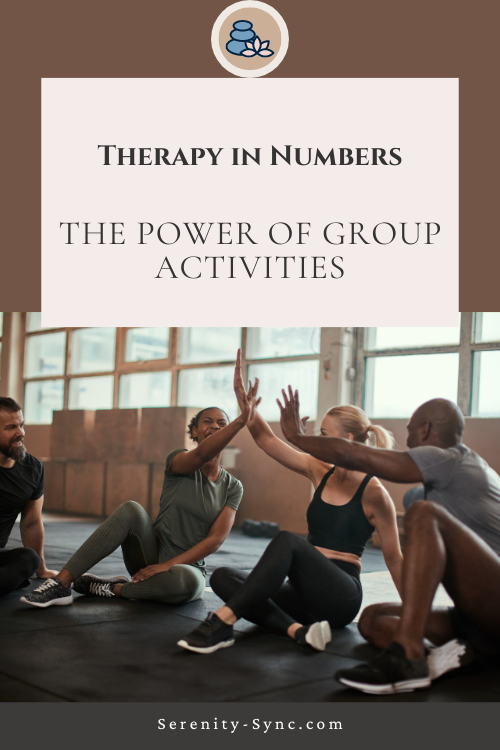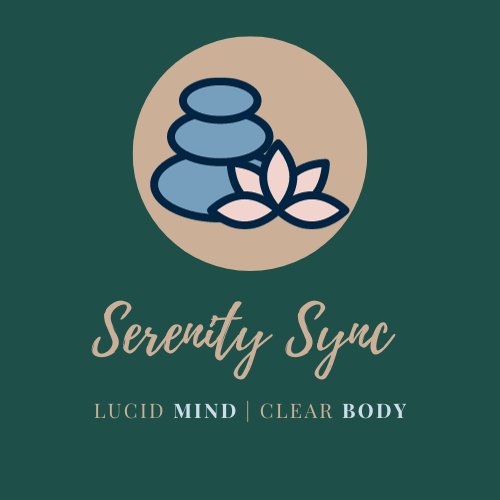In Brief
Group therapy activities are a valuable tool for fostering communication, building community, and achieving therapeutic goals. From icebreaker games to artistic expressions, these activities can be tailored to meet the unique needs of each group. They promote openness, enhance teamwork, reduce stress, and encourage a positive outlook. Group therapy can be used as a complement to individual therapy or as a standalone treatment. In this article, we will explore the benefits and principles of group therapy, as well as various types of activities that can be incorporated into sessions.

Your Free PDF version of this blog post Awaits – No Strings, Just Click and Enjoy! 🌸🎁
Introduction to Group Therapy Activities
Loneliness and isolation can have a profound impact on our mental health. That’s why group therapy activities are so important. By participating in these activities, individuals can combat these feelings and find a sense of belonging and connection with others.
Connecting with others is vital for our mental well-being. It allows us to share our experiences, gain support, and feel understood. Group therapy provides a safe space where individuals can open up and discuss their challenges, fears, and triumphs. Sharing our stories and listening to others can be incredibly healing.
One of the key principles of group therapy is the power of sharing. By engaging in group discussions, participants can gain insights, perspectives, and advice from others who have faced similar struggles. This shared understanding fosters empathy, reduces feelings of shame, and reinforces the idea that no one is alone in their journey towards healing.
Fun Fact
The Beatles, one of the most iconic bands in history, actually underwent group therapy together. During their time in India studying meditation, they participated in group therapy sessions to improve their relationships and enhance their creativity. It’s no wonder their music continues to resonate with millions of people worldwide.
Icebreaker Activities
Icebreaker activities are the perfect way to kick off a group therapy session. These light-hearted games and exercises help break down barriers, create a sense of comfort, and promote openness within the group.
By engaging in icebreaker activities, participants can start to build trust and connectivity with one another. These shared experiences create a foundation for healthy communication and collaboration throughout the therapy process.
Some popular icebreaker activities include “Two Truths and a Lie,” where participants share two true statements and one false statement about themselves, and others have to guess which one is the lie. Another fun activity is “Human Bingo,” where participants go around the room and find people who match certain characteristics or experiences listed on their bingo card.
Problem-Solving Exercises
Problem-solving exercises are a great way to enhance teamwork and foster a sense of community within a therapy group. These structured activities encourage collaboration, critical thinking, and the development of problem-solving skills.
By working together towards a common goal, participants learn the importance of effective communication, compromise, and mutual support. These skills can be applied not only within the therapy group but also in their everyday lives.
One popular problem-solving exercise is the “Marshmallow Challenge,” where participants are given a limited amount of time to build the tallest freestanding structure using spaghetti, tape, string, and a marshmallow. This activity requires creativity, communication, and adaptability.
Role-playing
Role-playing exercises offer a unique opportunity for individuals to explore different perspectives and emotions in a safe and supportive environment. By stepping into someone else’s shoes, participants can gain insights and develop strategies for real-life situations.
Role-playing also encourages empathy and understanding within the group. It allows participants to see things from a different point of view, which can be invaluable in building stronger relationships and resolving conflicts.
For example, in a group therapy session focused on assertiveness training, participants might engage in role-playing scenarios where they practice expressing their needs and boundaries in various social situations. This helps them build confidence and develop effective communication skills.
Trust-building Exercises
Trust is the foundation of any successful therapeutic group. Trust-building exercises are designed to foster trust and support within the group, creating a safe space for members to express themselves openly. These activities aim to reduce anxiety and promote a sense of belonging. One popular trust-building exercise is the “Trust Fall,” where participants take turns falling backward, trusting that the rest of the group will catch them. This exercise not only builds trust but also encourages individuals to let go of control and rely on others. Other activities such as team-building games, group discussions, and sharing personal experiences also play a significant role in establishing trust and support among group members. Trust-building exercises set the stage for a supportive and cohesive therapeutic environment.
Art Therapy
Art therapy is a powerful form of self-expression and communication. It involves using artistic mediums such as painting, drawing, and sculpting to process emotions and enhance creativity. In group therapy settings, art therapy can be particularly effective as it allows individuals to express their feelings and experiences in a non-verbal way. This can be especially beneficial for those who struggle with verbal communication or find it difficult to put their emotions into words. Art therapy provides a safe and non-judgmental space for individuals to explore their inner world and gain insights into their thoughts and feelings. Through artistic activities, group members can channel their energy, reduce stress, and develop strategies for coping with their challenges. Art therapy helps individuals discover new perspectives and tap into their creative potential.
Music Therapy
Music has a profound impact on our emotions and overall well-being. It utilizes the power of music to improve mood, enhance positive feelings, and promote self-reflection. In group therapy sessions, music can be used as a tool for emotional expression and relaxation. Group members can engage in activities such as singing, playing musical instruments, or listening to music together. These activities create a sense of unity and shared experience, fostering a supportive and comforting environment. Music therapy can also help individuals develop coping mechanisms for stress and anxiety. Research has shown that music has the ability to regulate emotions, reduce cortisol levels (the stress hormone), and promote relaxation. Whether it’s through singing, dancing, or simply listening, music therapy offers a unique and powerful way to connect with others and explore one’s emotions.
Fun Fact
In Japan, there is a unique form of therapy known as “forest bathing.” It involves immersing oneself in nature and engaging in group activities like walking, meditating, and art-making. Studies have shown that spending time in nature can reduce stress levels and improve overall well-being.
Conclusion
Group therapy activities offer a multitude of benefits for individuals seeking mental health support. These activities promote openness, healthy communication, and a sense of community. By tailoring activities to the unique needs of each group, therapy sessions become more effective in achieving therapeutic goals. Trust-building exercises create a safe space for members to express themselves and reduce anxiety. Art therapy provides a creative outlet for individuals to express their feelings and reduce stress. Music therapy harnesses the power of music to improve mood and promote emotional expression. By incorporating these activities into group therapy, individuals can develop strategies for coping with their challenges and enhance their overall well-being. Remember, group therapy can be used as a complement to individual therapy or as a standalone treatment option. So, why not join a therapy group and experience the power of group activities for yourself?

